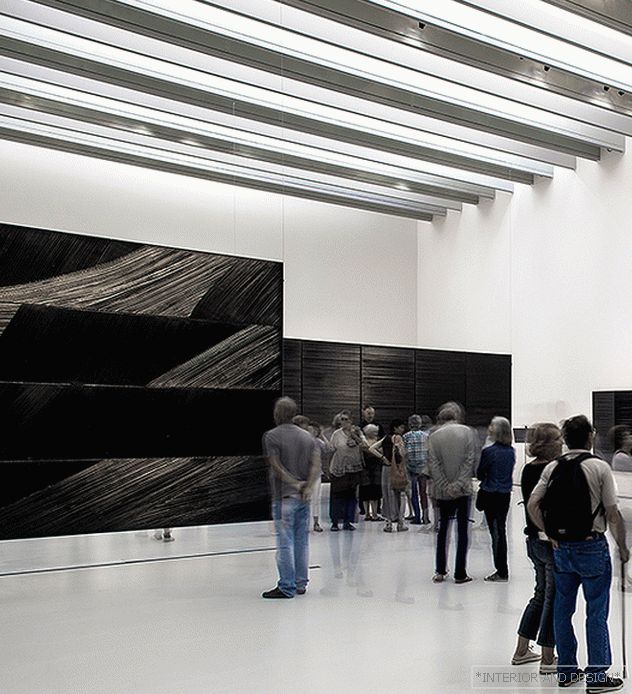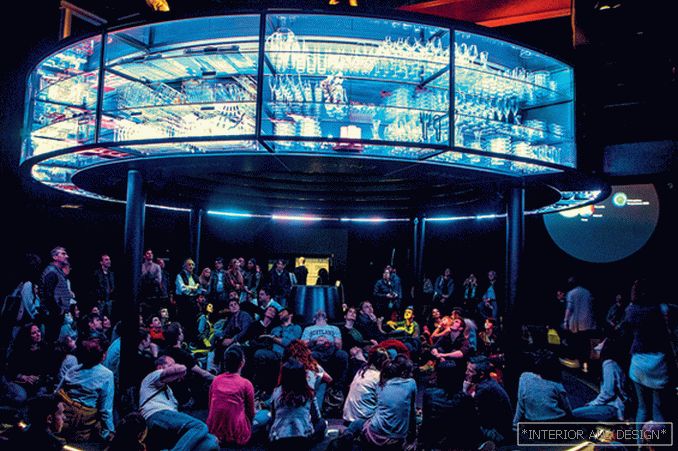Roman collector's apartment
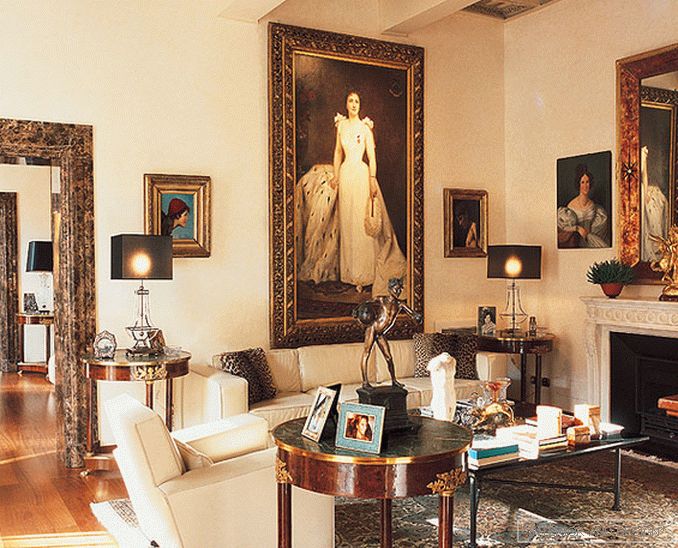
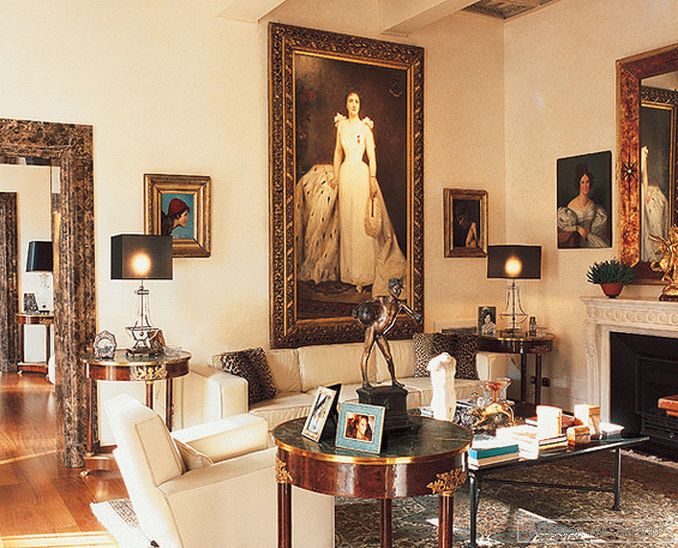
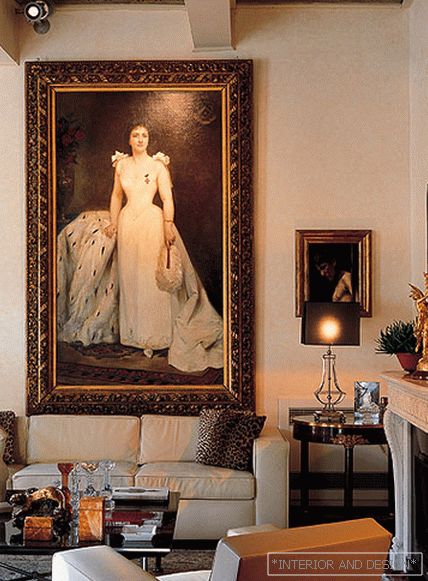
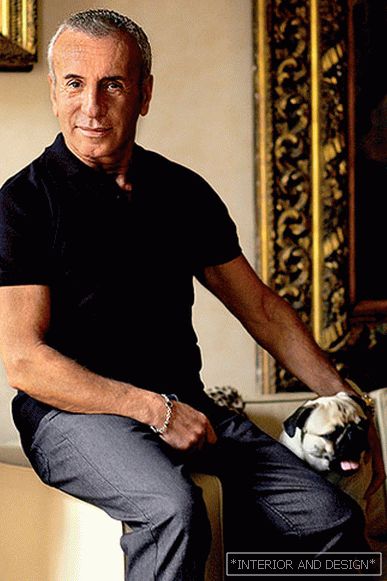
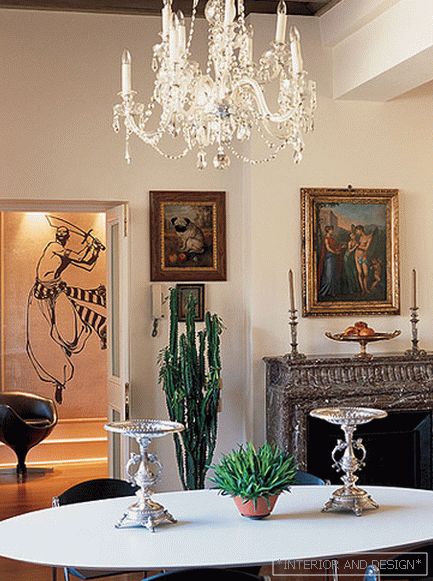
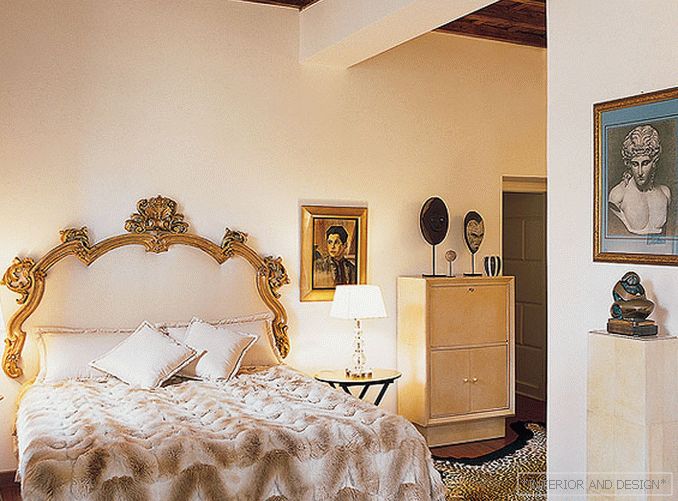
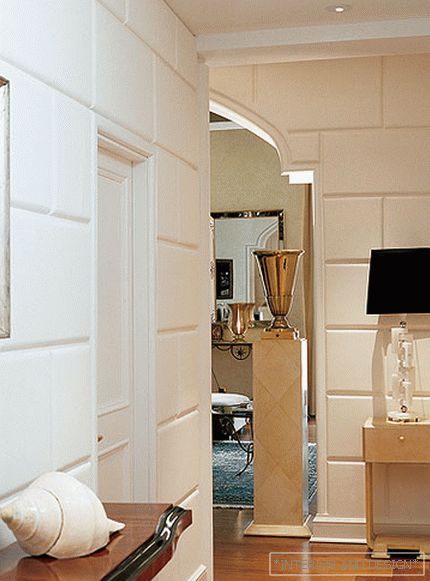
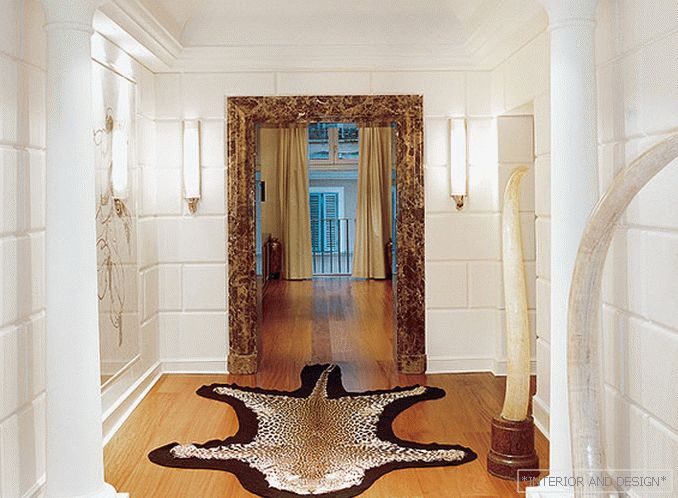 Passing the gallery
Passing the gallery Leading headings: Marina Volkova
A photo: Gianni Frankellucci, Marinella Paolini
Magazine: N4 (126) 2008
Gianni Lojudice himself wonders how much his passion for collecting has captured him. It all began, as usual, with small things - porcelain figurines and small bronze figurines. But the hobby was gaining momentum. “And now I have moved from the category of amateurs to the rank of venerable collectors,” says Gianni. “And my apartment literally swelled up with all sorts of rarities. For the most part they are antique, plus a few modern designer things. , especially from early acquisitions, when I chose at random, poorly guided in what they could offer me, and before I decided on my preferences, but it turned out that this was a pity and you could not part with it. I took a simpler, but more radical solution - move into an apartment a larger area. ".
Rich Gianni’s congregation needed to create a proper environment. In the collection there are the most valuable portraits of the Renaissance, and ancient antiquities, and salon art of the XIX century, and exotic artifacts. “So it was difficult to decide on any one style for the whole interior,” says architect Maurizio Pineschi, who worked on the project. “It was impossible to find anything universal here, because African masks would not have taken root in the classic interior, but Italian The profiles of the 15th century would look very strange in a minimalist space. We decided not to torture ourselves and curiosities and leave the space ... clean. A light empty interior - what is a container for a diverse collection? "
Gianni bought an apartment in a historic building from the beginning of the 19th century in the very center of Rome, with high ceilings, spacious rooms and large windows giving a lot of natural light. “The source code looked like this,” says Maurizio. “You have to agree, one of the most ideal options. We only made minor changes to the layout, practically did not touch anything else. This apartment has an excellent ceiling - authentic wooden beams of the last century. We kept them and emphasized ".
So that the space does not seem amorphous, and the apartment is too neutral, the doorways in all rooms were decorated with marble profiles. “Marble in complex colors: shades of brown that blend into one another. It clearly zones the space,” says Maurizio. “These spectacular profiles give the interior a feeling of completeness.” While the interior "stood" empty, it was difficult to say something definite about it. But here the collection began to arrive, the subjects were found a place, and at some point it became clear: the interior lives.

